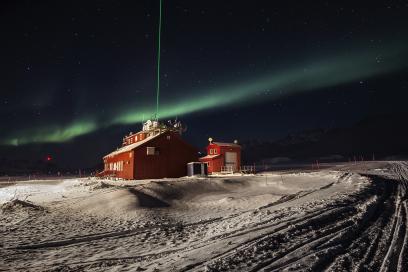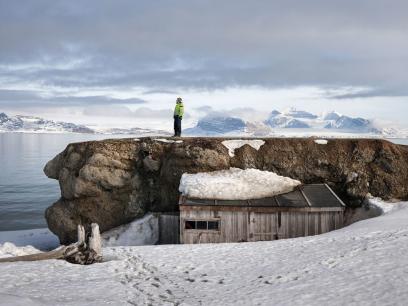Svalbard is an archipelago in the Arctic Ocean. Its territory is tied to Norway, but as a demilitarised zone it has a neutral status. The name "Svalbard" in Norwegian denotes a "cool coast", which seems somewhat of an understatement, as the average temperature lies around -6 ° C.
Not every story has its origin in the thousand roots of the Orient. Some come to us from the northern reaches; their intensity and tension can easily keep up with their famous cousins from the East.
This northern archipelago offers the potential of every fantastical story, its soil inhabited by a surprising diversity of species. Its landscapes are rich on the surface as well as underground - a mixed blessing for sure, as they were too often considered with specific interests in mind, purely in terms of their profitability from a human or economic standpoint.
But the story of this place has just begun. We recall the polar expeditions from the early 20th century with legends such as Roald Amundsen. Ny-Ålesund, the most populous locality on Svalbard, has left its mark in the mining world.
These days, Svalbard is a playing field for around a dozen different nations seeking to stake their claim in scientific research. Their goals and motivations go off in all four cardinal directions; the area is marked by contrasts and opposition. From natural reserve with limited access to take-off area for scientific weather ballons, the archipelago is tightly bound to our specific epoch and subject to the rhythms of our time.
The next chapter of this story remains to be written.
Text: A. Meyer / Clervaux - cité de l'image
English translation by N. Linden
Exhibition view
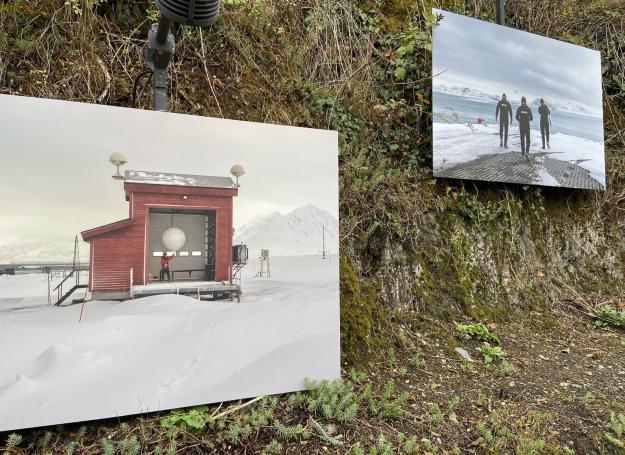
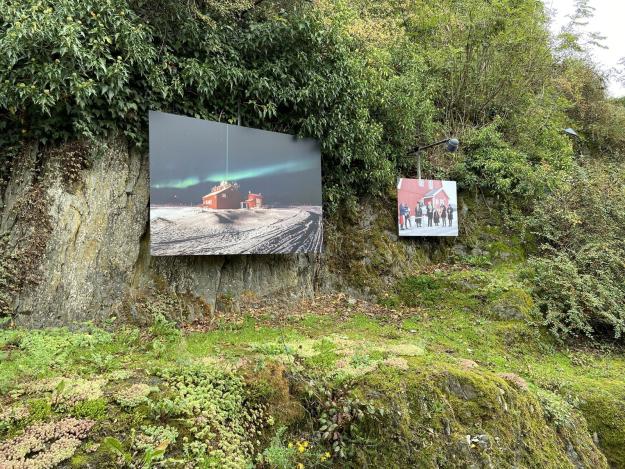
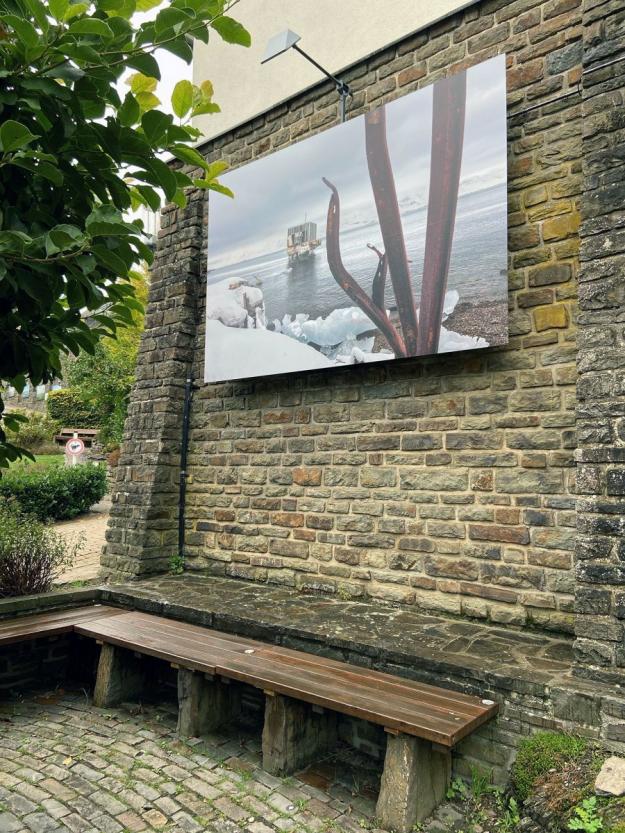

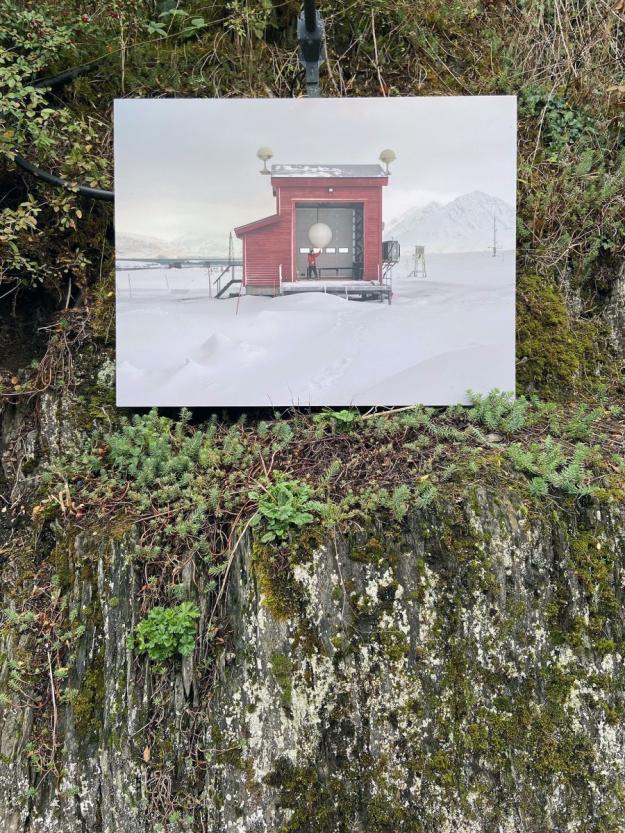
Photos © Christof Weber (CDI 2020)



